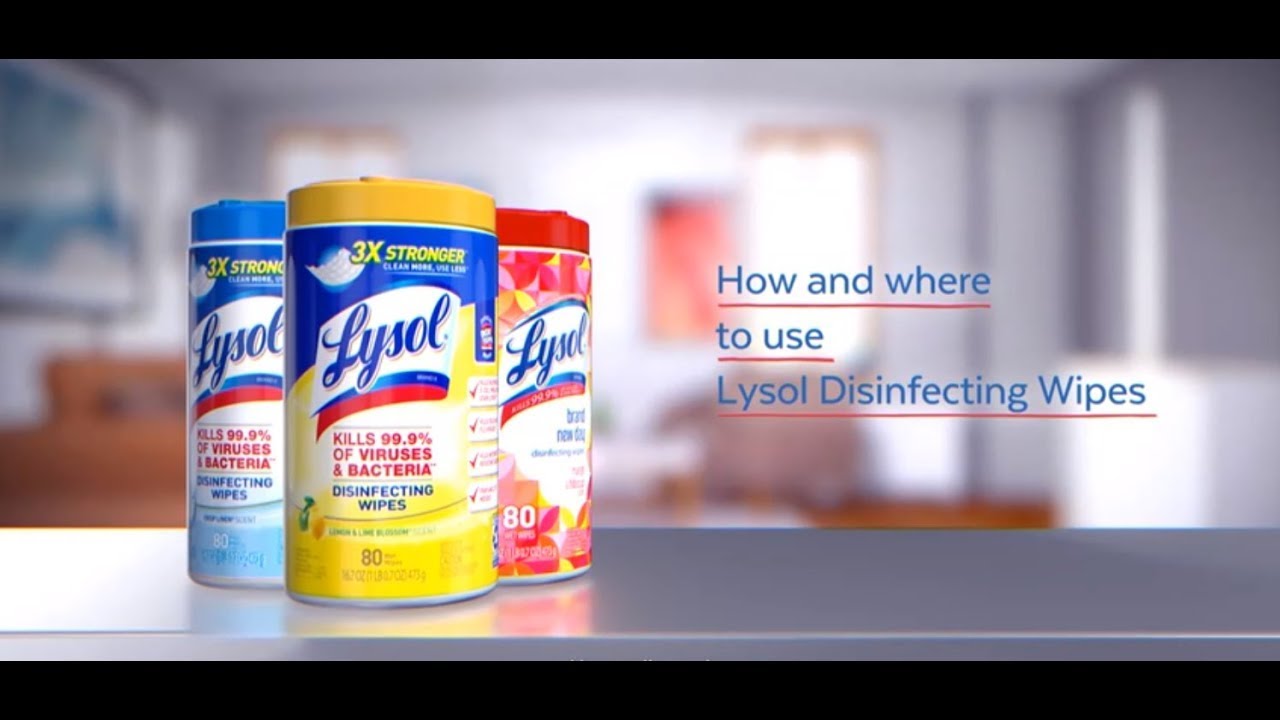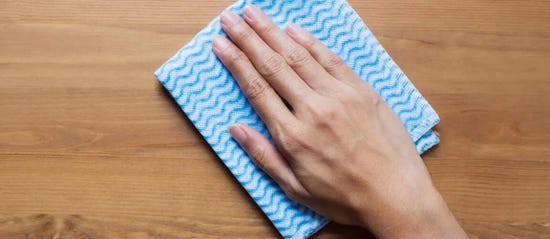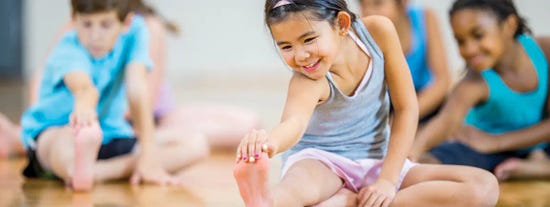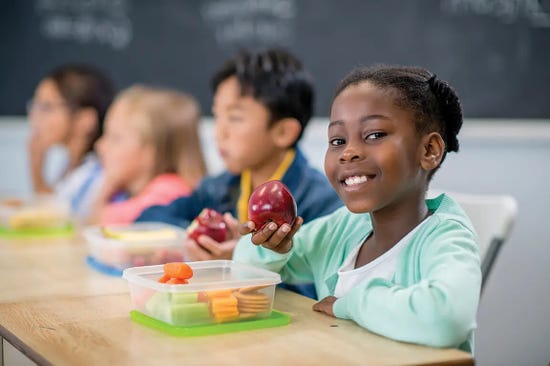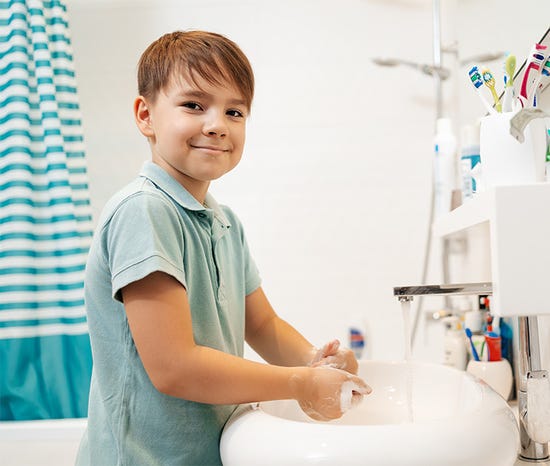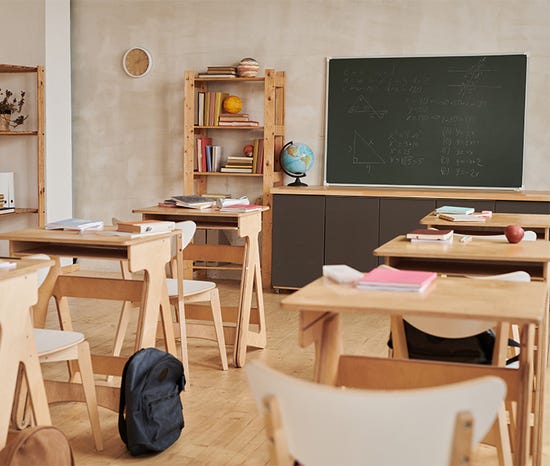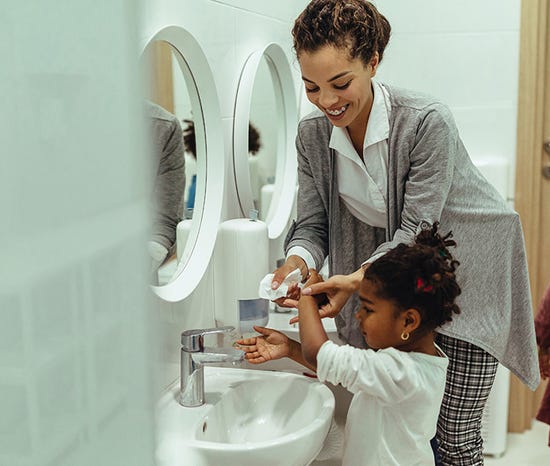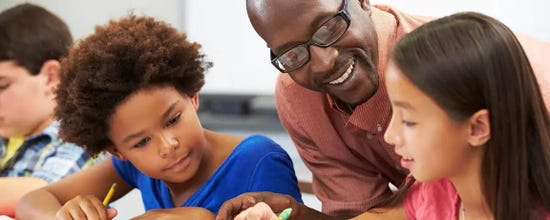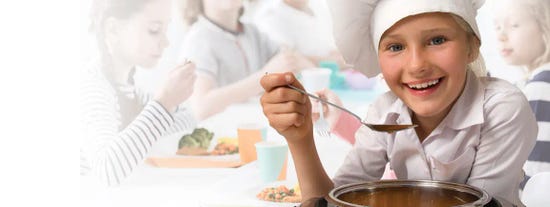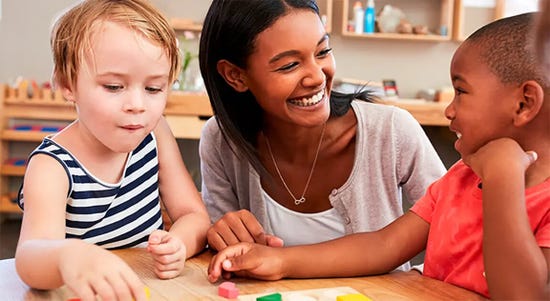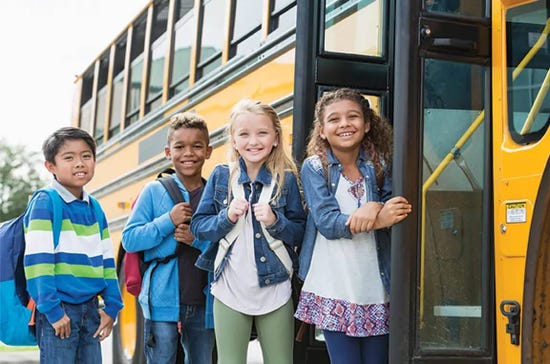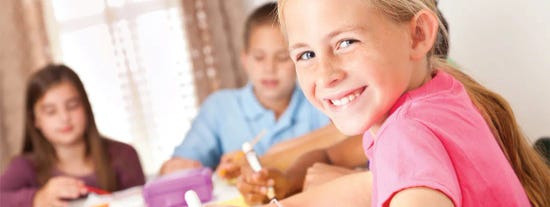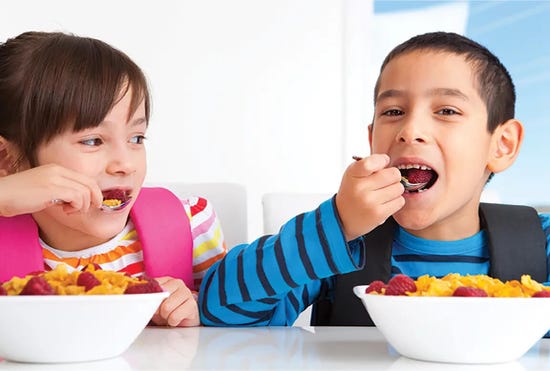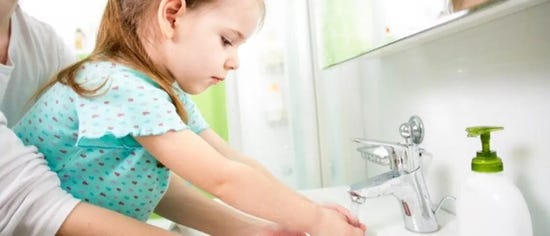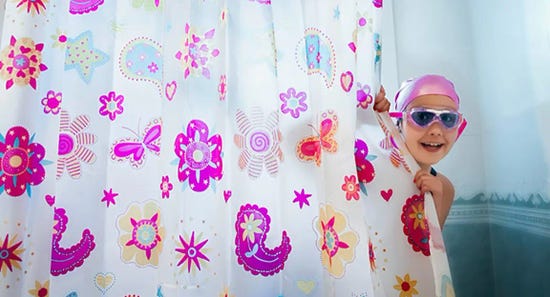Healthy Habits: Handwashing For Kids
Make handwashing more fun for your kids! Sing a short song like “Happy Birthday” twice.
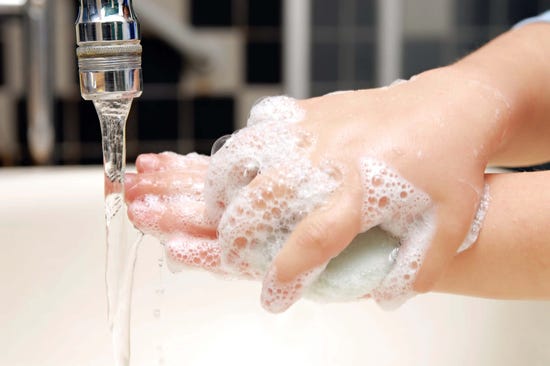
Posters, printouts and lesson plans for all your classroom and remote learning needs.
.jpg?width=700&height=550&format=jpg&quality=80)
Make handwashing more fun for your kids! Sing a short song like “Happy Birthday” twice.
Germs are everywhere, and the classroom is no different. In fact, due to this being such a high traffic area, it’s likely that there are more germs here than many other places. That’s why it’s so important for the safety of both pupils and teachers to keep hygiene levels up in schools.
Following the theme of starting the day off right (see Building the Breakfast Habit), this activity includes everyday stretches and energizers that can be done while sitting or standing.
We learn a lot about how to live by watching those we admire. In this lesson, students are encouraged to think about people they know who live healthy lives (a.k.a. “Healthy Heroes”) and consider what makes them good role models.
The only way for students to form healthy habits is by doing healthy things every day. This K-1 lesson helps students focus on the need to repeat healthy behaviors often and brainstorm ways to incorporate healthy habits in their daily routine.
Children sometimes rush through their hand wash routine, falling short of the twenty second recommendation. These six wash and play activities give them something to occupy their minds while encouraging them to think about germs and hygiene.
Students will learn that tiny germs can be spread both in the air and on surfaces. Without practicing healthy habits, such as handwashing, we risk getting sick. In this lesson, students will learn about the reasons we wash our hands, the correct way to wash our hands, and how to promote handwashing.
Knowing about our bodies and making healthy choices helps us take care of ourselves and stay in school. In this lesson, students make the connection that when we practice healthy habits, we can stay in school.
Get the world ready for sharing toys, not germs, with this fun method for teaching hand washing.
To complement good nutrition and help keep students’ bodies healthy (see Building the Breakfast Habit), students learn that getting up and moving gives them energy and helps them feel great as they work to incorporate simple activities into each day.
If you spend all day with young children you've probably been exposed to a lot of germs. It doesn't help kids to learn when they miss school and it can be tough for kids to learn when their teacher misses school too.
Students will track their eating habits and discover how MyPlate can help them choose healthier snacks and meals for breakfast, lunch and dinner.
Cold and flu season is time for us to be even more conscious of the harmful germs that pop up - which means stepping up your cleaning conduct and approaching germs in the classroom and at home in the right way.
Students will learn more about the five food groups, and discover how to choose healthy options for snacks and well-balanced meals using MyPlate.
Proper handwashing requires 20 seconds of lathering. This project helps make spending time with soap a fun activity, rather than a chore.
Human activities and choices can impact our health and the health of those around us. In this lesson, students make the connection that knowing about our bodies and making healthy choices helps us take care of ourselves and stay in school.
This project helps students see whether they’re investing enough time in tasks that promote healthy habits. By recording the amount of time they spend on various daily routines and comparing their habits with others in the class, students can use their graphs to discuss ways to improve overall health.
Encourage students to think of their health as something they should care about, maintain, and celebrate.
Students will learn about the five food groups, and how to choose healthy foods to create balanced meals using the MyPlate icon as a springboard for discussion and sorting.
This activity combines social interaction with quick energizers that engage students with the idea of community-building, but through incorporating physical activity (rather than “screen time”) as a core element.
Starting the day off with a nutritious breakfast is so important, but for many students, this “habit” may not be part of their existing routine. This K-1 activity explores healthy breakfast options with a “tracker” component that allows students to tally their breakfast over a one-week period.
We make choices every day that can help or hurt us. In this lesson, students discuss what daily choices are healthy for them, and identify ways to add more healthy habits to their day.
Hands are one of the biggest carriers of germs, especially little hands that are busy playing and exploring. That’s why it’s important to make hand washing fun for kids, otherwise the lesson won’t stick.
Teaching healthy habits for life means starting at a young age. Unfortunately, hygiene isn't a top priority for kids. But don't give up too easily. Hygiene isn't just about maintaining appearances – it's an active way to prevent the spread of viruses and bacteria.
The Big Idea: Students will take what they have already learned* about proper handwashing steps to the next level by sharing their knowledge and communicating healthy messages to their peers, school, family and community with a creative poster campaign.
This printable Unscramble the Words puzzle gets kids to think about the healthy behaviours that can help keep them clean.
This printable Connect the Dots puzzle gets kids to find the germ hotspots in your classroom, and where they can wash their hands to prevent bad germs from spreading.
In this activity, students will make the connection between good nutrition and energy, with an “energy” metaphor to launch discussion about food as “fuel” for doing the things they love to do. Then, they’ll investigate healthy foods that offer nutritional boosts and power!
Already have your school supply list? Or dreading creating it from scratch? We have two new and easy ways to help you.
